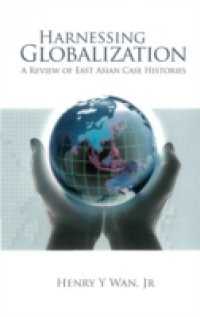At a time of robust worldwide debates on globalization, this compact volume showshow successful each of the East Asian economies have been in harnessing globalization by appropriate and alternative means to catch up with the advanced economies andwhat implications can be drawn to assess Chinese economic growth in context.The essays in this book include supporting notes to review effectively the highlights of the development of East Asia, over the six decades after World War II:why the region has performed so well economically relative to the rest of the developing worldwhich are the most challenging limitations to be addressed; andseveral sensational controversies in the development economics literature to be sensibly resolved.Contents:Harnessing Globalization — How Has East Asia Done It:The Second Chance After WWII: The Record of East Asia Among the Late-ComersJapan Pioneered Industrialization via Institutional Development: The Post-WWII Transformation of Corporate GovernanceDeregulation in Reform: The Taking-Off of Korean GrowthMoving Along the Upper Bound: Singapore Reaching Out for Its PotentialTo Have and Have Not an Industrial Policy: The Hong Kong-Taiwan ComparisonChallenges for a Billion-People Economy: A Prognosis for the Development of the PRCEast Asia in Context:Contrast Among the Chinese EconomiesComparative Worldwide Development RecordsSome Debates in Development Theory:Why Rapid Growth is Associated with Stagnant Total Productivity?and other papersReadership: Undergraduate and graduate students, researchers, academics, and policy-makers interested in economics, globalization and East Asian case studies.

